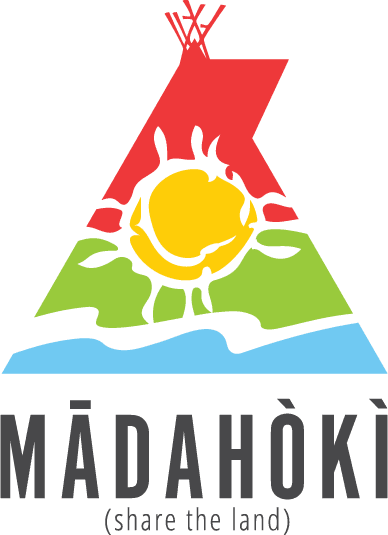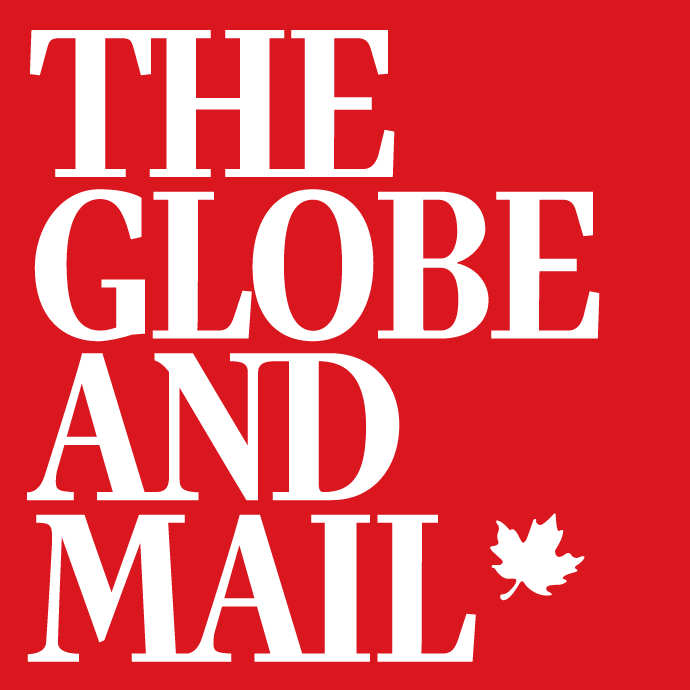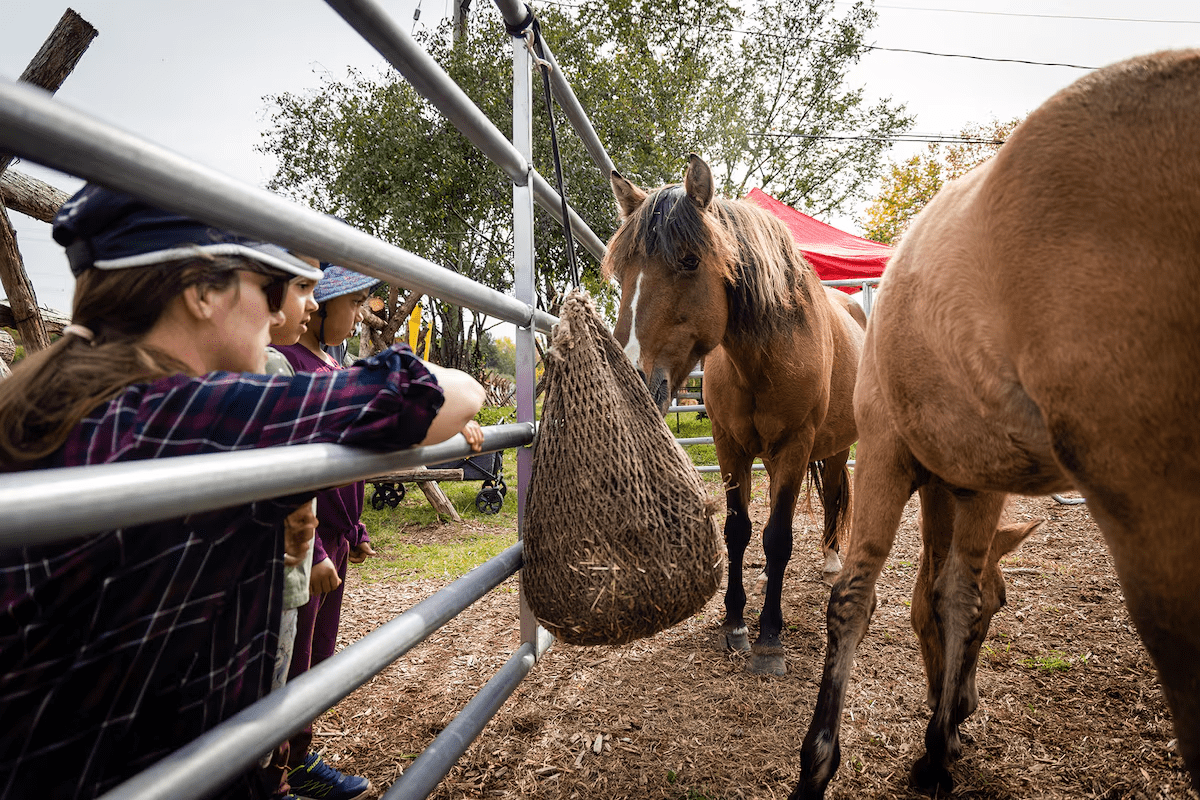Indigenous experiences are expanding in Ottawa
Viewing Canada’s capital from an Indigenous perspective highlights a lasting connection to the land.
Ottawa is located on the traditional, unceded territory of the Anishinaabe Algonquin Nation, and today, thousands of Indigenous people call the city home. Visitors to Ottawa can discover the land’s history and the enduring traditions and stories of Indigenous Peoples. Viewing Canada’s capital from an Indigenous perspective highlights a lasting connection to the land.
Meet the Ojibwe Spirit Horses
The rare and endangered Ojibwe Spirit Horse is the only breed in North America truly Indigenous to this land, long revered for its connection to the Anishinaabe people. Mādahòkì means “to share the land” in the Anishinaabe language. At Mādahòkì Farm, just 15 minutes from downtown on a 164-acre retreat in Ottawa’s National Capital Greenbelt, Trina Mather-Simard and her team have centred their work around the Ojibwe Spirit Horse. Spirit Horses, says Mather-Simard, the farm’s CEO, are Canada’s only endemic horse breed. “They’re very much built for Canadian weather and terrain.”
Mishtadim is an equine-assisted learning program, newly available to visitors to the farm. By fostering a connection with the horses, participants can expand their perspective of nature as something far greater than a material resource. This specific breed of horse, says Mather-Simard, is perfectly adapted to the role. “They’re very interested in having that bond. Soft and responsive, they’re talented, smart little horses,” she says. In these sessions, participants learn about three of the Seven Grandfather Teachings; truth, love and respect, essential skills for daily life.
Visitors can explore the grounds on a self-guided tour that includes stepping inside a teepee, learning about the area’s history, and strolling through gardens of traditional plants and medicines. They can also walk the Legacy Trail to discover the Grandfather Teachings and see Indigenous agriculture that continues to be cultivated and harvested today. “I think everything that we do ties back to that,” says Mather-Simard, “sharing the land and how our community relates to it.”


